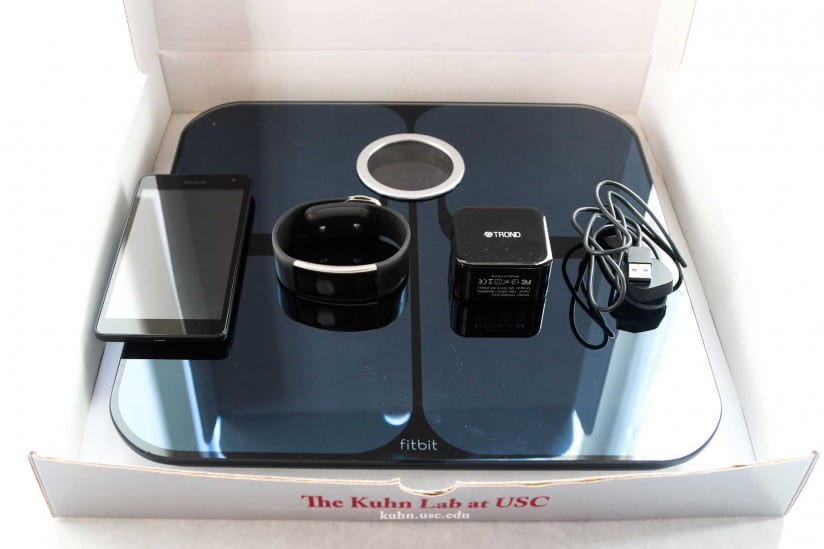The importance of the liquid biopsy in understanding of the metastatic process and the potential use as a noninvasive route for cancer detection, characterization, and monitoring warrants the development of robust, reproducible detection and characterization of analytes for use in the clinical settings. High-definition single-cell assay (HDSCA) is our toolset to explore different phases of a disease at the single cell level. HDSCA uses the ‘No-Cell-Left-Behind’ approach to identify rare cells and characterizes them by single cell genomics and single cell proteomics. Towards that end, we have established critical academic and public-private partnerships. The ultimate goal is for our research to enable and motivate the necessary studies for clinical utility.
HDSCA has utility both as a clinical care tool and a research tool. The HDSCA workflow maintains a complete chain of custody from the patient data to the bulk sample to the individual analyte. As circulating tumor cell (CTC) assays are becoming more utilized, there is a need for development of standard operating procedures using the best pre-analytical conditions for blood collection, handling, and processing. As a member of the Blood Profiling Atlas Commons (Blood PAC) we are making available standard operating procedures and data to the scientific community to advance the development of clinically useful tests by standardizing the methods for analysis of CTC morphology, genomics, and proteomics, with concurrent cell-free genomics (cfDNA).
The third generation HDSCA workflow provides the opportunity to identify epithelial, mesenchymal, endothelial, hematopoietic cells, as well as large extracellular events (LEVs), building a platform capable of providing a more comprehensive overview of the circulating rare events and capturing the heterogeneity of the liquid biopsy.
Predicting Effective Individualized Treatment
At the Convergent Science Institute in Cancer (CSI-Cancer), founded by Dr. Peter Kuhn, each project is led by a team of patients, medical doctors, scientists and students focused on improving the lives of cancer patients through scientific insights relevant to individual patients.
“Over the next five to 10 years, there’s going to be a big change in the way medical schools and oncologists think about disease.” – Peter Kuhn, Dean’s professor of biological sciences, professor of medicine, biomedical engineering and aerospace and mechanical engineering
For example, by studying cancer progression in many patients over a long period of time, CSI-Cancer researchers have developed a mathematical model to forecast cancer survival rates. The approach uses techniques usually reserved for weather prediction, financial forecasting and surfing the Web to answer questions like:
- Is cancer progression predictable? Is it random? Can we quantify the predictability/randomness?
- How does treatment affect the pathways of progression? How does it affect the speed of progression?
“I could easily see a situation 10 years down the road where a patient comes in with a particularly difficult disease. The oncologists in charge will put together a team of researchers to develop a model to forecast disease progression and determine best treatment options that they would then implement,” Kuhn said.
The center is also looking to better understand how to evaluate individual patients’ fitness for their next course of cancer treatment. Currently patients’ fitness is evaluated in a subjective manner, which can have grave implications – patient-physician disagreement about fitness for treatment is associated with a 16 percent increase in the risk of death. A CSI-Cancer pilot project aims use body sensors and cameras, as well as a cell phone app for patients to report symptoms, to quantify patient fitness and help predict the need for hospitalization or other urgent interventions.

This approach can also make cancer treatment more than just episodic encounters between patients and doctors. “The more than 30,000 minutes between visits are a missed opportunity. Technology can be leveraged to fill this gap and provide a comprehensive picture. The collected data can lead to better treatment decisions, better survival rates, and better understanding between physician and patient,” Kuhn said.